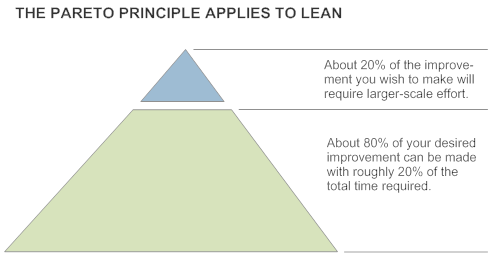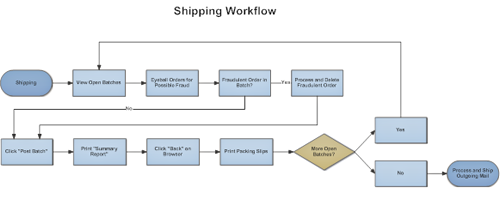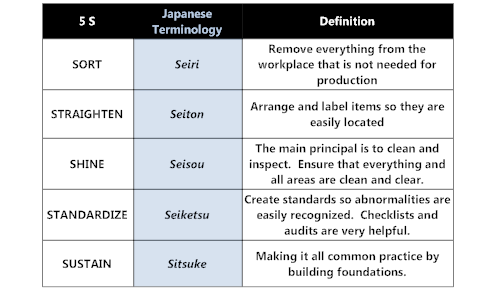Transitioning into a lean operation can seem like a monumental task. You want to be more efficient, you want to improve quality and consistency of output, and to cut down on waste. The problem is, there's so much to do it's a daunting undertaking.
Here's a tip. Start with these three things today and you'll be on your way to a leaner operation with a very healthy mindset.
The first thing to do is relax. You don't need to do everything all at once. Think of the Pareto principle, sometimes referred to as the 80/20 rule.

About 80 percent of the changes you want to make can be achieved with 20 percent of the effort needed for the entire process. Focus on the easiest, most obvious areas first. The things that will have the most impact. You can work on those higher-level problems later.
For most small-to-medium sized enterprises, there is plenty of room to improve in these two critical areas. Here are a three things to focus on today:
- The customer. How can you better serve your customers' needs? Think of ways to give them better value for their money. How can you provide your product or service to them better, faster, or cheaper?
- Understand how work gets done. Do you know the steps in the process? Documenting these can help you discover inefficiencies. Use a SmartDraw flowchart to do this quickly.

- Organize work/production areas. Does your work area promote efficiency? Are items placed in convenient and logical places? Is there inventory or equipment that is unused or obsolete? Find ways to eliminate waste—things that waste space, time, money, or effort. Use a 5S diagram to get started.

It's important to remember that lean isn't just a "fix-it" solution. It's a business lifestyle change. It's the equivalent of making sure your business eats and healthy diet and exercises every day.
For many businesses, lean works well at the outset, but then fails because leadership reverts to traditional business practices.
A lean leader must develop a healthy, continuous improvement "lifestyle" and promote it throughout the organization on a consistent, sustained basis. This means empowering people at all levels to find improvement—then recognizing and rewarding their efforts. It is critical for management to buy into this concept upfront and understand that it is crucial to stick with it.